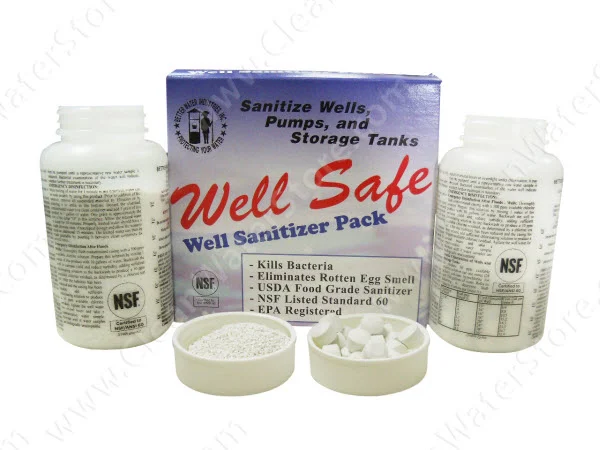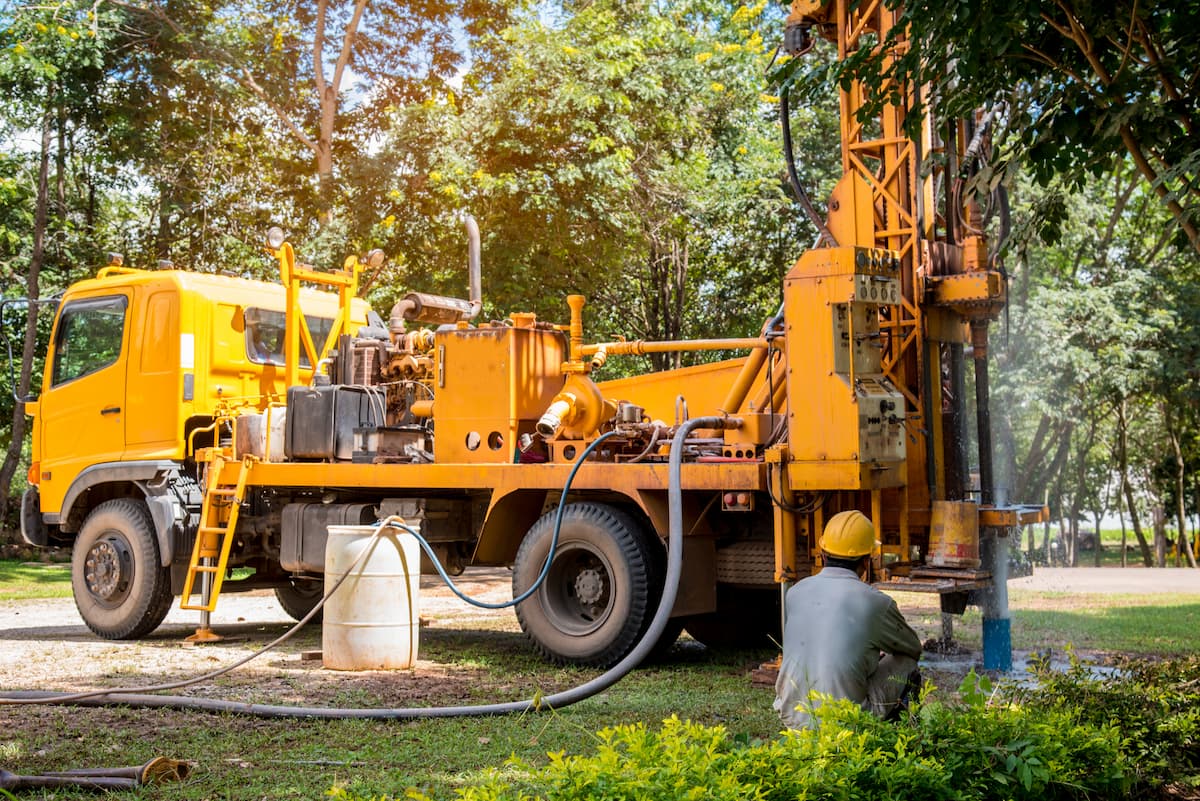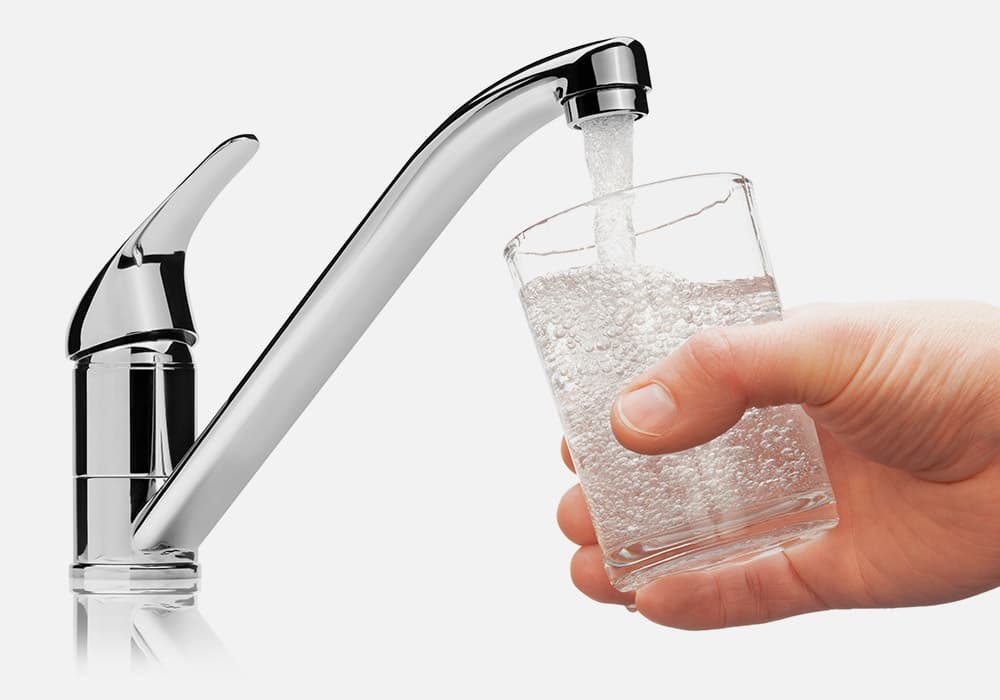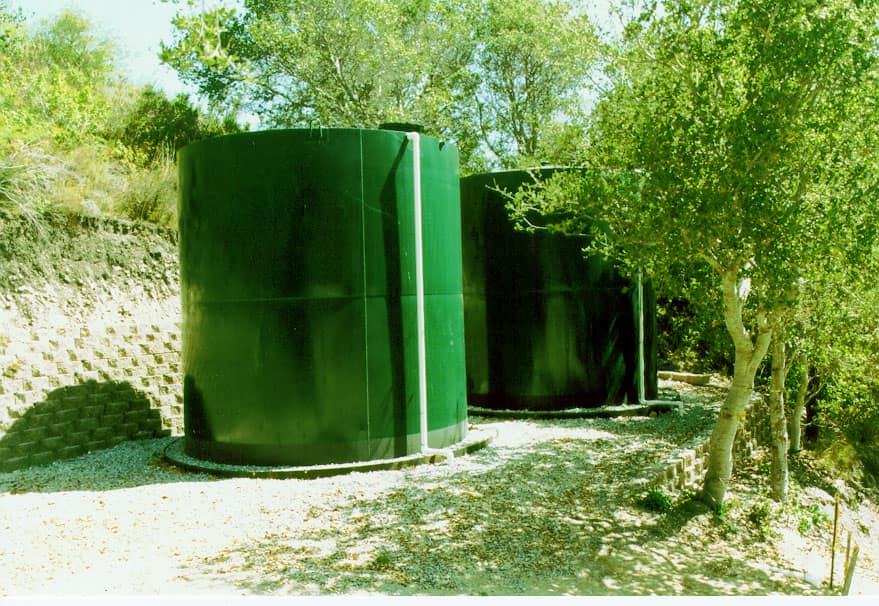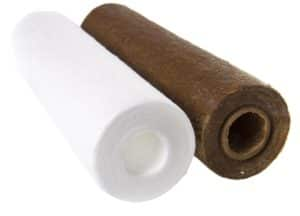What strength of hydrogen peroxide do you recommend to replace bleach?
One question we are often asked is:
“What strength of hydrogen peroxide do you recommend to replace bleach?”
Or:
“Do you recommend replacing chlorine bleach with hydrogen peroxide, in my well water chlorinator? I heard it works better or is less toxic.”
Hydrogen peroxide is indeed a great replacement for bleach in many well water applications, whether the goal is to destroy hydrogen sulfide or other odors, bacteria or to oxidize iron or tannins.
Unlike chlorine bleach (which is also called sodium hypochlorite) it does not add sodium or other trace contaminants to the water. Peroxide breaks down into oxygen and water and leaves the water smelling good and looking great. Combined with a catalytic backwash carbon filter, the water is left free of odor, sediment, iron, manganese, and any trace residues or peroxide residuals.
In some applications, a chlorine residual is desired, however, such in small community systems where a disinfectant residual is preferred in the distribution system.
Peroxide is more expensive to use than chlorine, but the actual dollar amounts are small for the typical residential well water user. Most users spend only $4 to $12 a month on peroxide.
Chlorine bleach is typically 5% chlorine. Some bleach is available (often sold for pools) that is 10 to 12%. We recommend 7% hydrogen peroxide
Higher concentrations of peroxide are also available but are hazardous to use and difficult and expensive to ship. Peroxide acts faster and in some applications, less peroxide can be used than the equivalent chlorine bleach.
If you are thinking of replacing your chlorine with peroxide, you need to make sure your existing metering pump can work with peroxide.
Have a question about peroxide or chlorine? Please email us or call us anytime.



